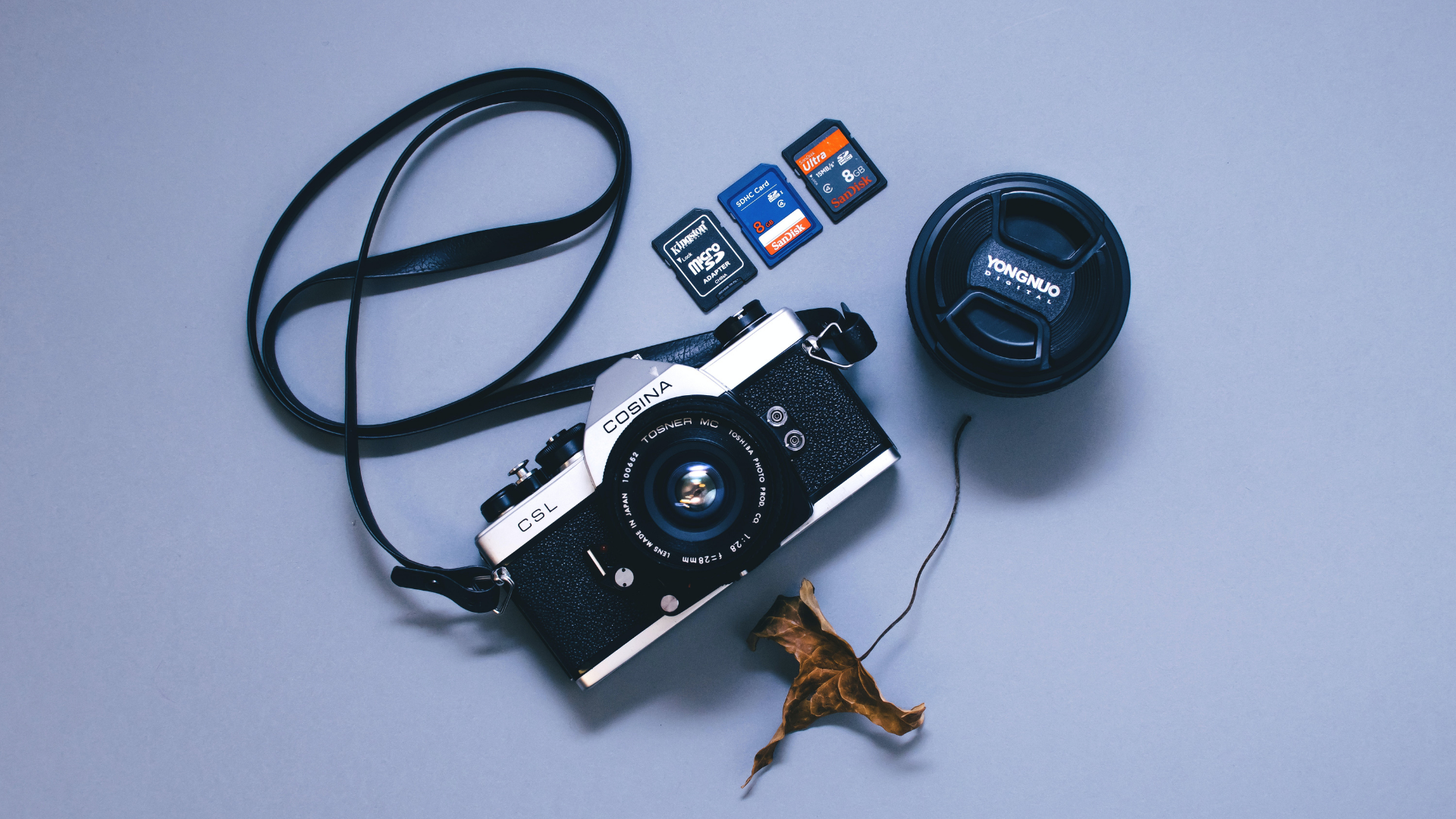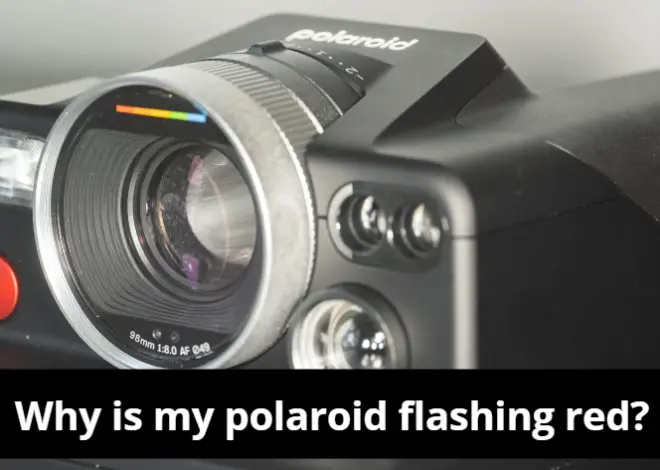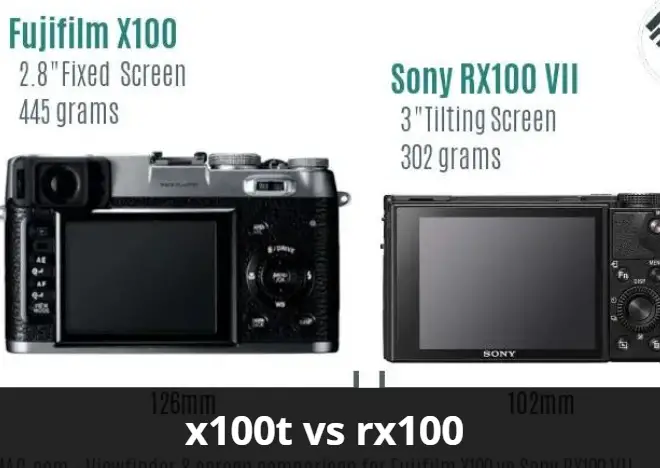
Canon R6 vs R7: Which One is the Better Camera Overall?
As an Amazon Associate, I earn from qualifying purchases.
The Canon R6 and R7 are two of the latest full-frame mirrorless cameras from Canon, and both models offer advanced features and capabilities for professional photographers and videographers.
But there are some minor differences where both cameras outperform each other. Read the article to know why R6 is still a better choice for you.
Canon R6 vs R7: Quick Comparison Table
Here are some quick comparisons between the two cameras:
| Features | Canon R6 | Canon R7 |
| Sensor | 20 MP full-frame CMOS sensor | 32.5 MP APS-C CMOS sensor |
| Image Processor | DIGIC X | Dual Pixel CMOS AF II |
| Max ISO | 102,400 | 32000 |
| Number of Focus Points | 6072 | 651 |
| Max Electronic Shutter | 1/8000 s | 1/16000 s |
| Multi-Function | No | Yes |
| Video Recording Limit | Limited | Unlimited |
| Continuous Shooting | 20 fps | 30 fps |
| Viewfinder | 3690k dot | 2360k dot |
| Image Stabilization | 5 Axis (in the body) | Optical |
| Battery Life | 360 shots | 660 shots |
| Weight | 612g | 680g |
What Are the Differences Between Canon R6 vs R7?
Canon R6 was released in July 2020, while Canon R7 was released in May 2022. Although there is not a significant technological difference between the R7 and R6 cameras due to the 23-month age gap, the younger R7 would still have an edge, particularly in sensor technology.
Let’s now talk briefly about the differences between the Canon R6 and R7.

Sensor:
The Canon R6 has a bit larger sensor compared to the R7. The R6 has a full-frame CMOS sensor which means the sensor allows more light to pass in. Whereas the R7 has an APS-C sensor which has a 1.6x crop factor.

The Canon R7 has a higher-resolution sensor with 32 megapixels, compared to the 20.1 megapixels found on the R6.
This means that the R7 is capable of capturing more detailed images, which is particularly useful for photographers who need to crop their images or produce large prints.
The APS-C cropped factor with higher resolution can be very useful but compared to the R6, it narrows down the usability. Especially the R6 has a better dynamic range which made it the winner in this debate.
Autofocus System:
Another difference between the two cameras is the autofocus system. The Canon R7 has a more advanced autofocus system.
But The R6 is with a higher number of focus points, making it easier to focus on fast-moving subjects and capture sharp images.
The R6 has 6072 focus points whereas the R7 has only 651. Compared to the R6, the R7 has almost 60 percent fewer focus points.
The R7 also has improved Eye AF performance, which helps to ensure that your subject’s eyes are in focus when capturing portraits.
Based on the autofocus system, the R6 outperforms the R7.
EVF:
One of the standout features of the Canon R7 is its high-resolution electronic viewfinder (EVF), which provides a clear and detailed view of the scene when composing shots.
This is particularly useful for photographers who prefer to use an EVF instead of the camera’s LCD screen. The R7 also has a higher-resolution EVF compared to the R6, making it easier to see fine details and focus accurately.
Video Recording:
When it comes to video capabilities, the Canon R7 has a few additional features that set it apart from the R6. The R7 has a fully articulating touchscreen display, which makes it easier to shoot video from different angles and adjust camera settings on the fly.
The R7 can shoot 120fps at 1080p makes the camera well suited for shooting slow-motion videos.
The R7 also has built-in 5-axis image stabilization, which provides even smoother video footage compared to the R6’s in-body image stabilization.
So, in terms of video recording, Canon R7 is a bit ahead of the R6.
Canon EOS R6 vs. EOS R7 Which One to Choose?
The decision between the Canon EOS R6 and EOS R7 will largely depend on your specific photography needs and preferences.
The Canon EOS R6 is a well-rounded camera that offers excellent image quality and performance in a compact and lightweight design.
It has a 20.1-megapixel full-frame CMOS sensor, in-body image stabilization (IBIS), and a fast autofocus system that can track fast-moving subjects with ease.
The R6 is a great choice for photographers who want a versatile camera that can handle a wide range of shooting scenarios, from sports and action to portraits and landscapes.
The Canon EOS R7, on the other hand, is designed for photographers who need a higher-resolution camera for detailed images and large prints. The R7 has a 32-megapixel full-frame APSC-II sensor, which provides exceptional image quality and low-light performance.
The R7 also has a more advanced autofocus system with improved Eye AF performance, making it a great choice for portrait photographers.
Additionally, the R7 has a fully articulating touchscreen display and built-in 5-axis image stabilization, which makes it a better choice for videographers.
In conclusion, if you’re looking for a well-rounded camera that can handle a wide range of shooting scenarios, the Canon EOS R6 is a great choice. However, if you need a high-resolution camera with improved autofocus and video capabilities, the Canon EOS R7 might be a better choice for you. It’s important to consider your specific photography needs and preferences when deciding between the two cameras.
- Read Also: Sony ZV-1F vs ZV-1: Which Camera Offers Better Performance?
- Read Also: Sony A7IV vs A7RIV: Which Camera Has Better Output Quality?
- Read Also: Fujifilm XF10 vs. X70 Camera: Which One is the Compact King?
- Read Also: Canon T7i vs T8i Camera: Which One Should You Choose?
- Read Also: Sony a7ii vs a7iii Cameras: Is the Extra Money Worth It?




